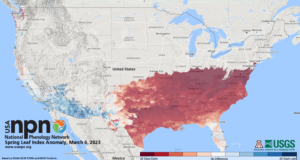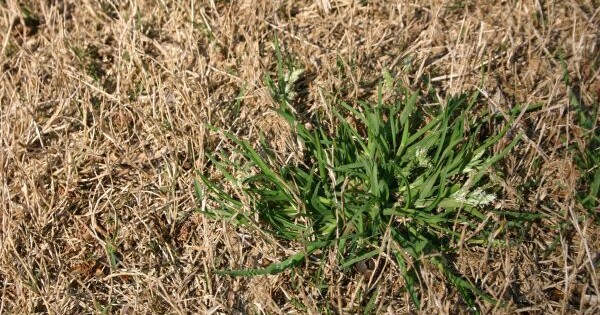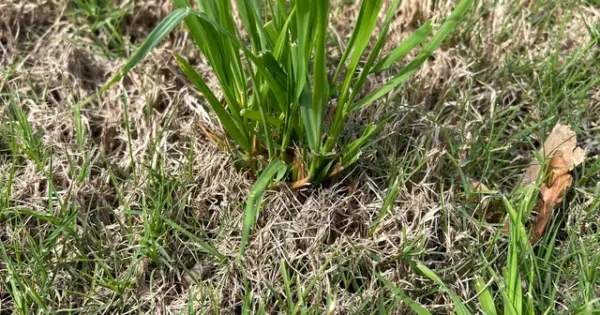Warmer Spring Will Challenge Turfgrass Manager’s Pest Control
As the warmer Spring season arrives in the southern part of the United States, turfgrass managers are preparing to deal with a range of pests that can effect their turfgrass. However, the warmer temperatures and changing climate patterns may have a significant impact on the timing and effectiveness of pest control measures.
Much of the ‘early spring; has to do with the warm start to 2023. Much of the South and Southeast are off to their top-10 warmest years on record, and several cities are seeing their top-five warmest: Houston, Jackson, Nashville and Atlanta. It is even more dramatic in the mid-Atlantic and Northeast. Philadelphia and New York City are experiencing their warmest start to the year on record. – Jennifer Gray, CNN Meteorologist
One of the primary concerns for turfgrass managers is the timing of pest activity. Many turfgrass pests, including insects, weeds, and diseases, emerge or become active in response to specific temperature and humidity conditions. In the southern United States, where temperatures can vary widely from year to year, the timing of these pest outbreaks can be difficult to predict.

With a warmer spring, some turfgrass pests may emerge earlier than usual. For example, grubs, which are the larvae of various types of beetles, may begin feeding on turfgrass roots sooner than usual in response to warmer soil temperatures. If turfgrass managers are not prepared to treat for these pests early enough, they may cause significant damage to lawns before treatment is applied.
In addition to changes in pest activity, warmer temperatures can also affect the efficacy of pest control measures. Many pesticides are designed to work best at specific temperatures and may not be as effective at higher or lower temperatures. For example, some insecticides may break down more quickly in warmer weather, reducing their ability to control pests.
Moreover, the use of pesticides itself can be impacted by warmer temperatures. High temperatures can cause certain pesticides to volatilize, or evaporate into the air, which can lead to unintended effects on non-target organisms or contamination of nearby water sources.
To combat these challenges, turfgrass managers must be proactive and adapt to the changing conditions. One way to do this is to monitor pest activity closely using trapping and monitoring techniques. This allows managers to detect pest activity earlier and respond with appropriate treatment measures.
Another approach is to use integrated pest management (IPM) techniques, which combine a range of pest control methods to reduce the need for chemical pesticides. IPM techniques include cultural practices, such as proper mowing and watering, and biological controls, such as introducing natural enemies of pests.
Finally, turfgrass managers can choose pesticides that are specifically formulated for use in warm weather. These pesticides are designed to work effectively at higher temperatures and can help maintain pest control in the face of changing climate patterns.
In conclusion, the warmer spring season in the southern United States may present challenges for turfgrass managers in treating pests effectively. However, by staying vigilant, adapting to changing conditions, and using a range of pest control methods, turfgrass managers can maintain healthy lawns and landscapes.


